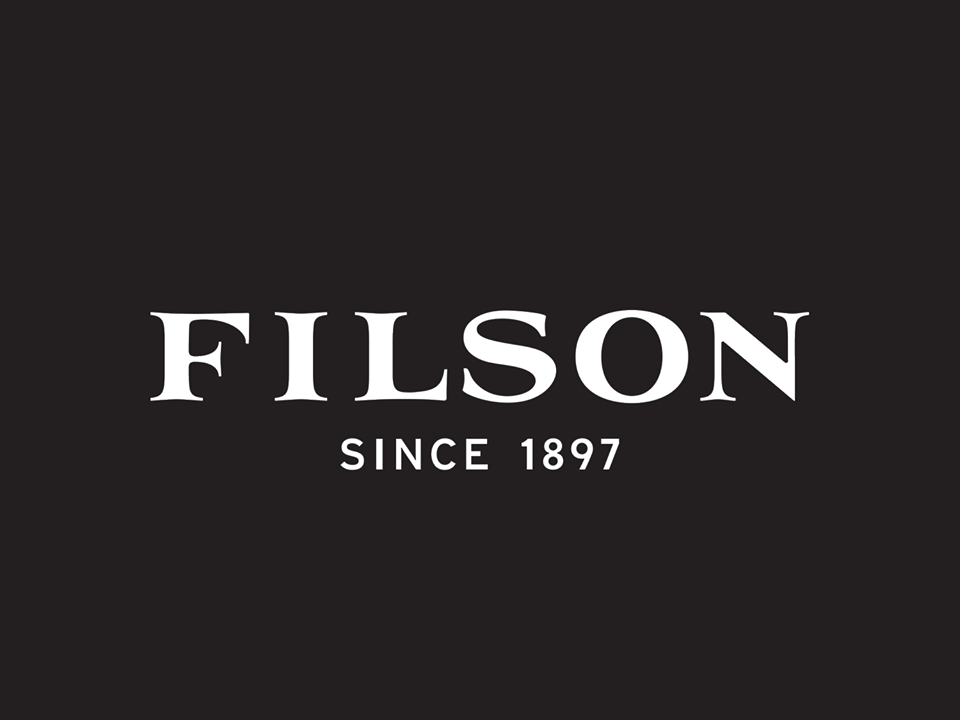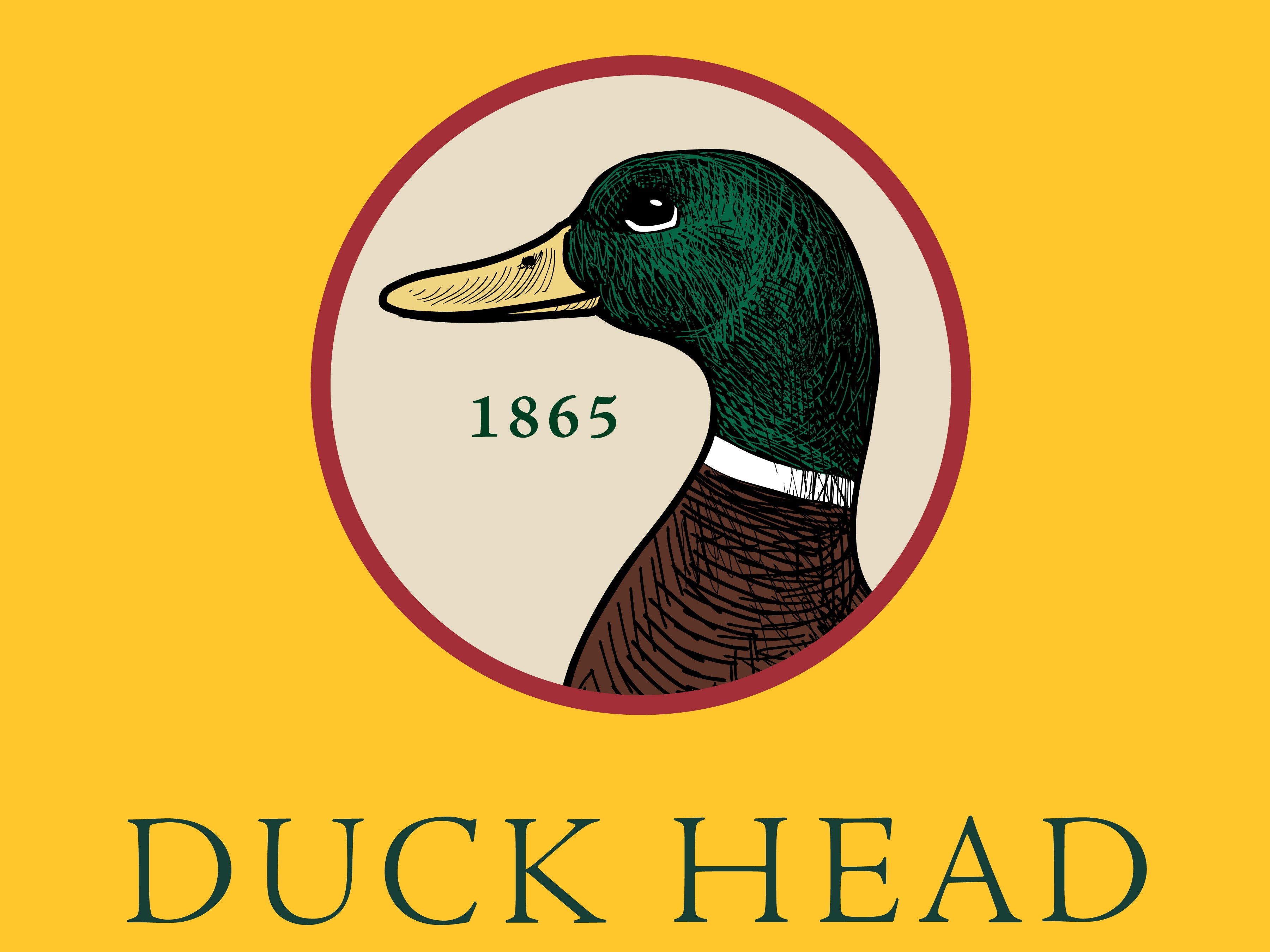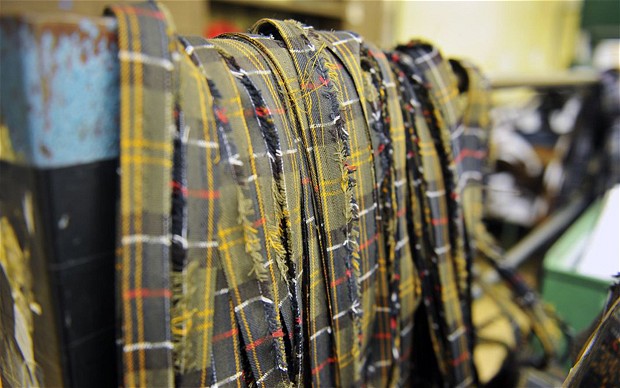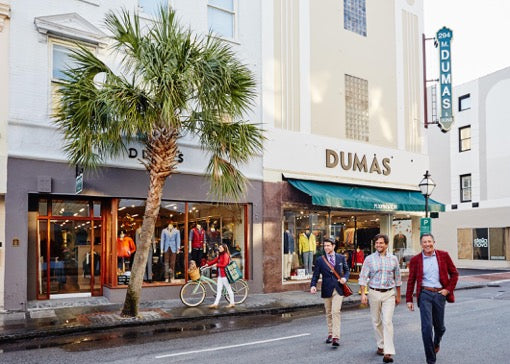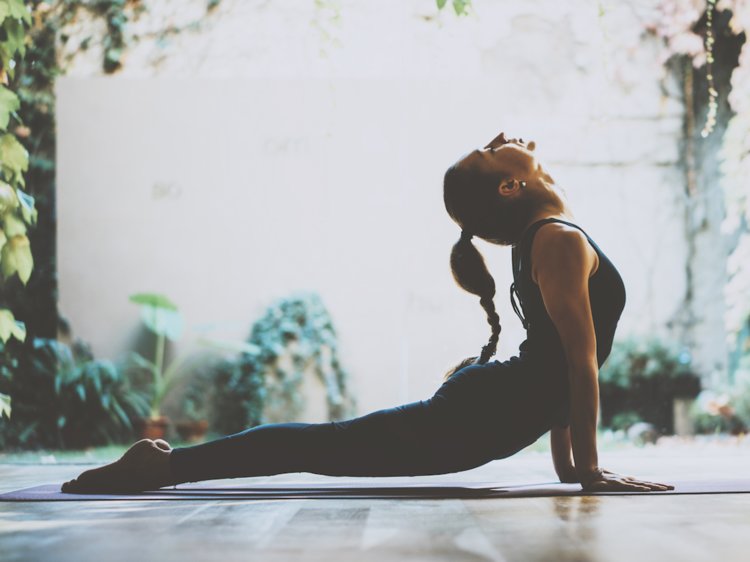September
9.11 Mizzen + Main Trunk Show @ M. Dumas & Sons Mt. Pleasant
9.12 Mizzen + Main Trunk Show @ M. Dumas & Sons King Street
9.18-20 Sartorio and ETON Trunk Show @ M. Dumas & Sons King Street
9.19-20 Southern Tide Trunk Show @ M. Dumas & Sons King Street
October
10.3 Faherty Trunk Show @ M. Dumas & Sons Mt. Pleasant
10.4 Faherty Trunk Show @ M. Dumas & Sons King Street
10.9 34 Heritage Trunk Show @ M. Dumas & Sons Mt. Pleasant
10.10-11 34 Heritage, Fedeli and Sile Latino Trunk Shows @ M. Dumas & Sons King Street
10.16 Duck Head Trunk Show @ M. Dumas & Sons Mt. Pleasant
10.16-18 Duck Head Trunk Show @ M. Dumas & Sons King Street



